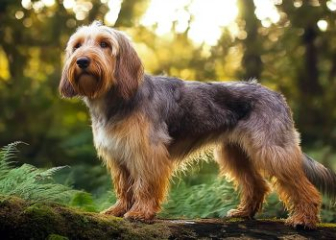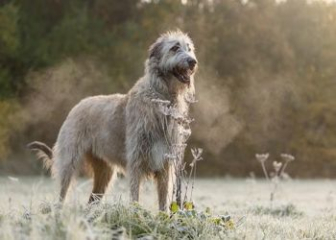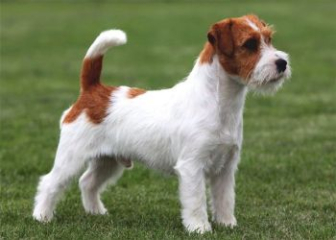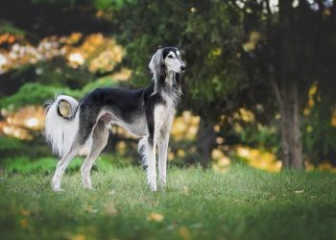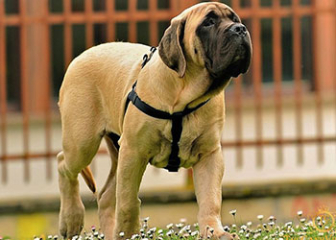Tosa Inu, the four-legged samurai from Japan
Blog | by
The Tosa Inu (Japanese Mastiff), a rare, fierce fighting dog breed originating from Japan, is not suitable for inexperienced owners.
The Tosa Inu, also known as the Japanese Mastiff, is one of the most powerful and rare dog breeds from Japan. It was crossbred with many other breeds with the aim of creating a powerful dog with constant fighting ability.
Let's take a closer look at the Tosa Inu to see what makes this Dog breeds so special.
Origin of Tosa Inu dog
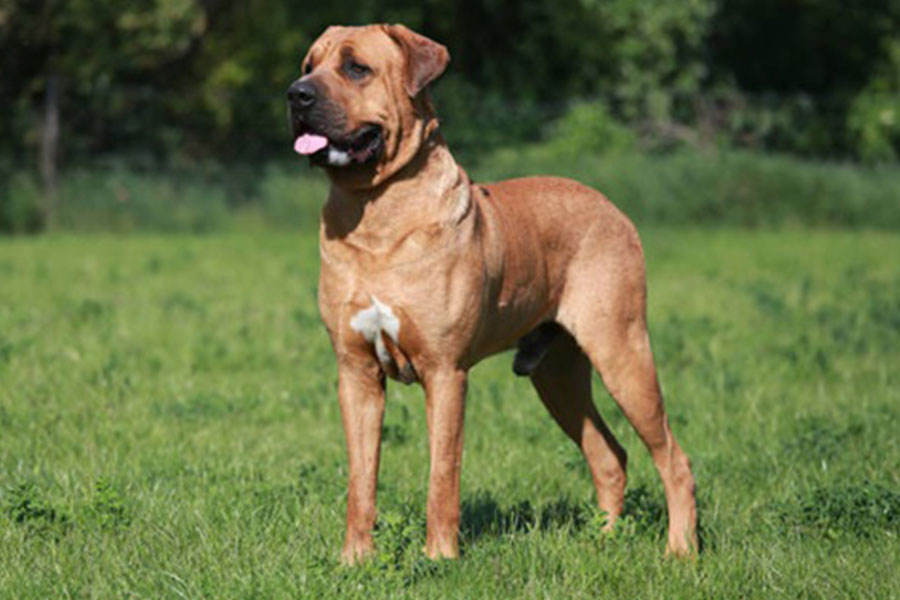
Tosa Inu or Japanese Mastiff.
The Tosa Inu, also known as the Tosa Ken, Japanese Mastiff, originated from the Tosa region (now Kochi prefecture), Shikoku Island, Japan. It was born more than 200 years ago, around 1868. This is a rare breed of dog in Japan and is closely associated with many cultural features of the people of this country.
The history of the formation and development of this breed is as follows:
- The original Tosa Inu was the result of crossbreeding the Kochi dog with the Shikoku fighting dog, originally a medium-sized breed similar to the Shiba Inu .
- In the late 1800s, this breed was crossbred with many Western breeds such as Bulldog, Mastiff, Great Dane , Saint Bernard , Pointer to create a larger, stronger, more aggressive, and more durable fighting dog.
- In Japan, Tosa ken is considered a national product and the period from 1924 - 1933 is considered the golden age of this breed when there were more than 5,000 breeders.
- Initially, this breed was bred for the purpose of competing in dog fights. Although dog fighting has since been banned in many countries, including Japan, there are still some places in this country where dog fights still take place, on the condition that the fights must take place in silence, without noise.
- Currently, in many other countries such as England, Australia, New Zealand, France, and Denmark, Tosa dogs are banned because they are classified as dangerous dogs due to their aggressiveness.
Tosa Inu dog physical characteristics

TosaInu has a large, powerful appearance.
Tosa Inu is a large, muscular, majestic and very brave dog breed. Let's take a closer look at the physical characteristics of a purebred Tosa dog.
- Height : Male 60 - 65 cm or more, female 55 - 60 cm.
- Weight : 40 - 60 kg, some high-end or European models can weigh more than 70 kg.
- Chest : Broad, muscular, well-muscled.
- Neck : Thick, strong, with excess skin like a mastiff.
- Back : Straight, muscular hips, firm hamstrings.
- Legs : Big, strong, round feet.
- Head : Big, square, wide forehead.
- Muzzle : Broad, lower lip slightly drooping, strong jaws with a bite force of up to 556 pounds.
- Nose : Big, black.
- Ears : Small, triangular, drooping on both sides of the cheeks.
- Eyes : Small, slightly slanted, dark brown, cold, calm gaze, not expressing much emotion.
- Tail : Long, thick, tapering towards the tip, usually carried low.
- Coat : Short, thick, close to the body, little shedding.
- Common coat colors : Red brown, fawn, brindle, black, red brown with white on chest and feet.
Tosa Inu Dog Personality

Tosa inu with a very calm face.
Tosa Inu is a dog breed with a very special personality. Although they were bred to be fighting dogs, they are not unreasonably aggressive but very calm, steadfast and loyal. Let's learn more about the personality of Tosa Inu.
Calm, expressionless
The Tosa Inu never barks loudly or overreacts like some other breeds. It is always calm, observing the situation carefully before acting - like a Samurai. And in traditional Japanese dog fights, this dog is trained to fight silently, without barking, only using action.
Strong & Tough
Tosa Inu are trained in the true spirit of the samurai, with the virtues of courage, high endurance and not giving up easily. Once they focus on a target, they are rarely distracted.
Absolute loyalty to the owner
The Tosa Inu is very loyal and possessive towards its owner, usually only recognizing one owner. This dog is also quite friendly with children if raised from a young age but still needs to be vigilant because of its large size. They are aloof with strangers but attached to relatives.
Not friendly to strange dogs
Tosa Inu is originally a fighting dog so it is not friendly with other dogs but on the contrary is very aggressive, especially towards dogs of the same sex. Because of this, Tosa Inu needs to be socialized early to know how to behave in harmony with other animals.
Highly territorial
Tosa is a highly territorial dog, they always consider their area as "personal property" and will react strongly if violated. For this reason, you should not keep them in a small environment or where many strangers come and go frequently.
Smart & Independent
Tosa is not a dog that likes to please its owner, it is intelligent but also very stubborn if you do not know how to train it. Therefore, this dog breed is not suitable for people who do not have experience in dog training.
How to take care of Tosa Inu dog

Tosa Inu love to run and exercise.
Right below, we will share with you in detail how to take care of a Tosa Inu dog comprehensively from eating, exercising to mental care to help this dog stay healthy and develop well.
Diet suitable for Tosa Inu dogs
The Tosa Inu is a large breed of dog that can weigh between 45 and 70kg or more, so it has high nutritional needs, especially for protein and good fats.
Ideal Diet for Tosa Inu :
- Protein: Makes up 40 - 50% of the diet, found in beef, chicken, pork, eggs, fish,...
- Fat: Makes up 20 - 25% of the diet, found in olive oil, chicken fat, fish fat, butter,...
- Carbohydrates: Make up 20 - 30% of the diet, including brown rice, sweet potatoes, oats, cereals...
- Fiber, vitamins: Account for 5 - 10%, found in steamed vegetables, fruits such as apples, pears, blueberries,...
- Clean water: Always available and should be replaced daily.
If you don't cook fresh food, you can choose ready-made grain food, note the following:
- Choose a large dog food that is high in protein from real meat.
- Low grain, no soy, corn, additives,...
- Some reputable brands such as: Orijen, Acana, Taste of the Wild,...
Meal schedule by age :
- Tosa Inu from 2 - 3 months old: Eat 4 meals/day, eat soft, easy-to-digest foods,...
- Tosa Inu from 4 - 6 months old. Eat 3 meals/day, increase food portions, high in protein, good fats.
- Tosa Inu from 6 - 12 months old: Eat 2 meals/day, eat lots of protein, fat, fiber, vitamins.
- Tosa Inu over 1 year old: Eat 2 meals/day, maintain a balanced diet.
Exercise and training regimen for Tosa Inu
Tosa Inu is a high energy dog breed and needs daily exercise or else it can easily become stressed and become destructive. Here are some suggested activities:
- Need to be taken for a walk 1-2 times a day, each time from 30-60 minutes.
- Endurance running, hiking.
- Basic training like sit down, stand up, come here,...
- Don't use negative training methods, but instead be patient.
Take care of your hygiene and body for Tosa
Tosa Inu has short fur, sheds little and is easy to care for, so you don't need to spend much time cleaning this dog's body, please note the following.
- Brush 1-2 times/week, check fur regularly to detect ticks, lice, skin fungus,...
- Bathe every 2-4 weeks, depending on how clean or dirty it is, use a neutral shampoo for large dogs.
- Clean ears once a week.
- Wash face and remove eye discharge every day.
Tosa Inu Health Care and Vaccinations
To help Tosa Inu stay healthy and develop well, you need to pay attention to vaccinations and basic health check-ups. Specifically as follows:
- Vaccinate with basic vaccines such as 5 in 1, 7 in 1 from 2 months of age.
- Regular rabies vaccination.
- Deworming every 3 - 6 months.
- Regular health check-ups 1-2 times/year.
Common diseases in Tosa Inu dogs
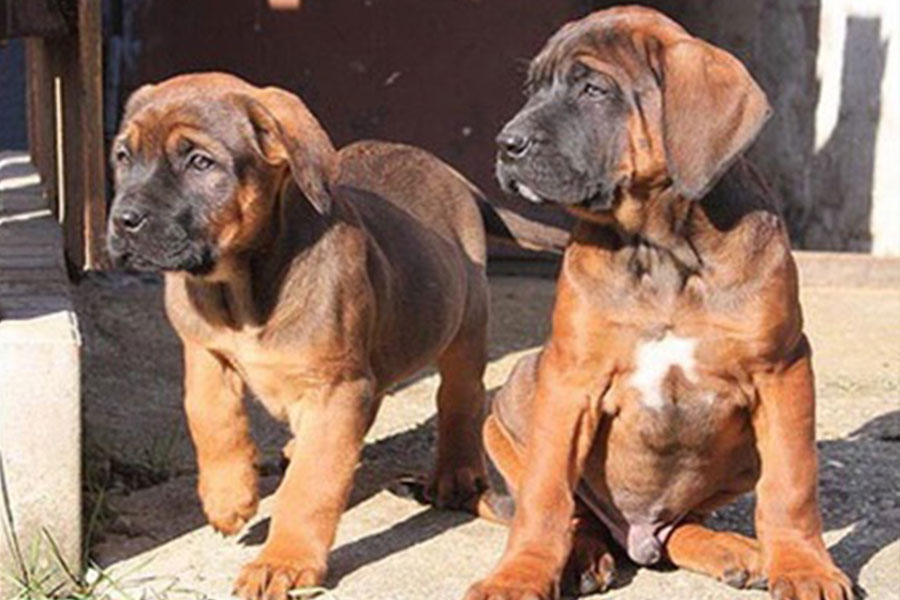
Two adorable Tosa Inu puppies.
Below are some common diseases in Tosa Inu dogs. Please learn more to monitor and prevent them.
Hip and Elbow Dysplasia
This disease causes the thigh bone to not fit into the joint socket, leading to pain, difficulty moving, and limping.
- Causes : Genetics, overeating, overexertion as a child.
- Symptoms : Limping, laziness in moving, running, pain when standing up or sitting down.
- Prevention and treatment : Choose dogs from good genetic sources, have a reasonable diet, avoid rapid weight gain, supplement with glucosamine, chondroitin,...
Gastric torsion and bloating in Tosa Inu
This is a very common disease in dog breeds with broad, deep chests like the Tosa Inu. This disease can be life-threatening if not treated promptly.
- Causes : Eating too fast, swallowing a lot of air while eating, drinking a lot of water while eating.
- Symptoms : Abnormally distended abdomen, nausea, restlessness, fatigue, shortness of breath,...
- Prevention and treatment : Divide meals into 2-3 meals/day, use a bowl to prevent overeating, do not let the dog exercise immediately after eating, if there is a condition of gastric torsion, immediately take the dog to the vet.
Dilated cardiomyopathy
Is a dangerous genetic disease that often occurs in Tosa Inu dogs.
- Cause : Genetics, due to diet lacking certain substances such as taurine, L-carnitine,...
- Symptoms : Fatigue, lack of desire to move, rapid breathing, difficulty breathing, fainting after running or jumping.
- Prevention and treatment : Feed your dog foods containing taurine and L-carnitine such as beef, heart, and liver. Regular cardiovascular check-ups and medication as prescribed by your veterinarian.
Skin allergies, dermatitis
Tosa Inu has a short coat, little shedding but if not properly cared for can cause some skin diseases such as dermatitis, skin allergies.
- Causes : Food allergies, parasites such as fleas, ticks, environmental pollution...
- Symptoms : Severe itching, dog scratches, rubs itself on the floor, hair loss, rash, swelling,...
- Prevention and treatment : Avoid eating foods that cause allergies, clean the fur, check the fur regularly, use eye drops, and get regular anti-tick and flea injections.
Tosa Inu dog price
Tosa Inu, also known as Japanese Mastiff, is a rare breed and not yet popular in Vietnam. In the world market, their price will vary depending on origin, purity, age, gender and usually ranges from 50 million to over 150 million VND.
Frequently Asked Questions about Tosa Inu Dogs
Is the Tosa Inu suitable as a pet dog?
Tosa Inu is completely unsuitable as a family dog, because this dog is essentially a stray dog, has a large appearance, strong temperament and can be dangerous to family members or people around.
How long does a Tosa Inu dog live?
Tosa Inu can live from 10 - 12 years.
Why is Tosa Inu banned in many places?
Tosa Inu is banned in some countries such as England, France, Denmark, Norway, Australia, Singapore,... because it has strong protective instincts, is at risk of attacking humans, is large in size, and is difficult to control.
Tosa Inu dog pictures collection
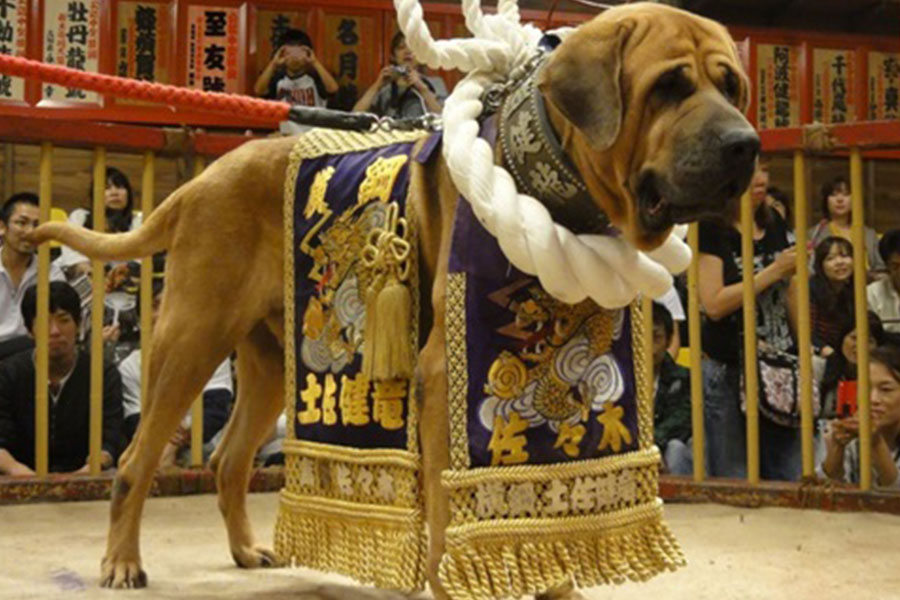
Image of Tosa Inu dog participating in a holiday in Japan.
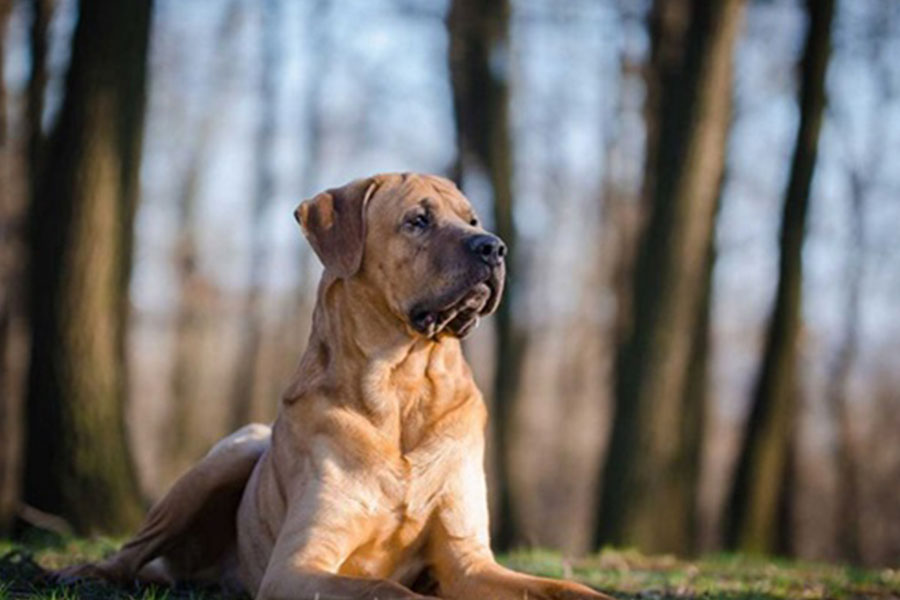
Japanese Mastiffs are very calm.
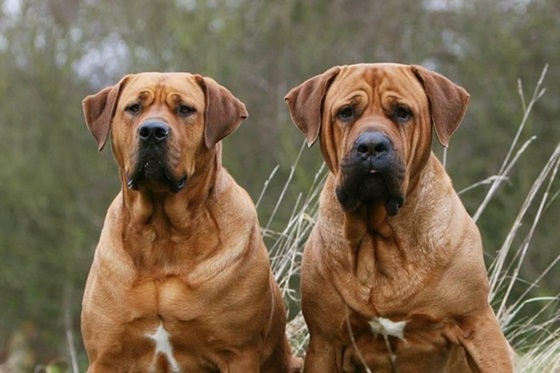
Two purebred Tosa Inu dogs.
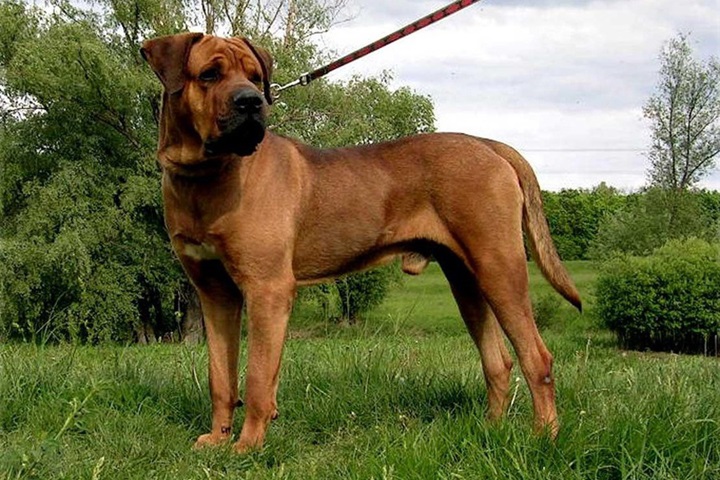
Tosa Inu need to be leashed and muzzled when outdoors for safety.
Below is a collection of pictures of Tosa Inu dogs - a brave dog breed from Japan, please enjoy more.
Through the above article of giongcho.org, we have learned that the Tosa Inu dog is a strong, brave, resilient and highly protective dog breed from Japan. And more than that, this dog breed is not suitable for inexperienced breeders and is also banned in many countries. If you want to raise this dog, you must make sure you have a lot of experience and knowledge to raise this dog safely and not affect the people around.
Don't forget to visit our Blog section to learn about other dog breeds!

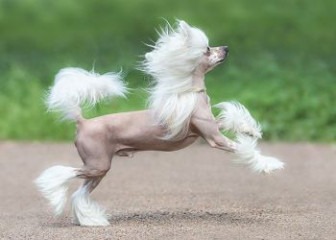
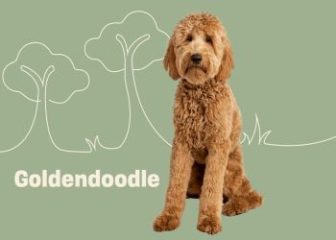
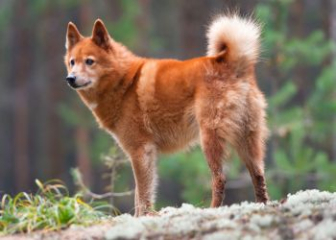
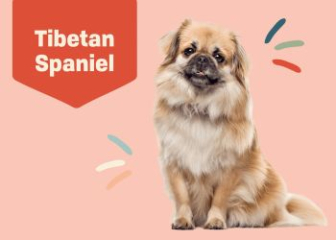
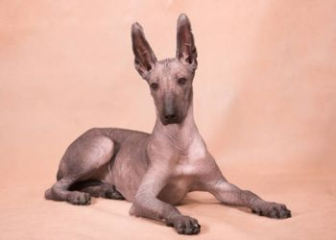
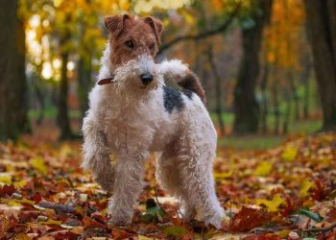


_350x250.jpg)




